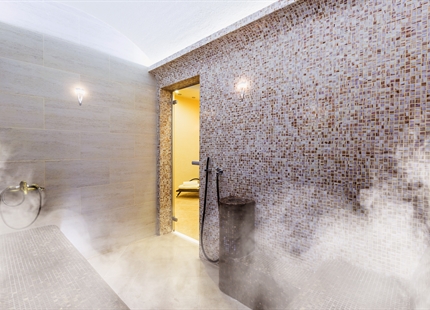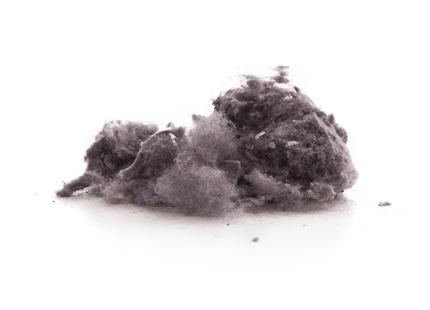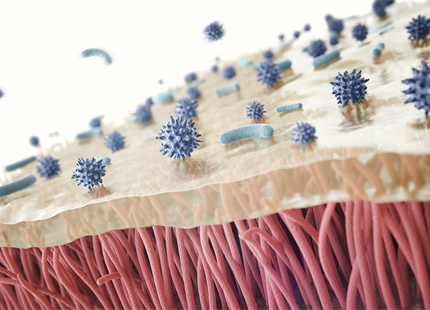
Maintaining Indoor Air Humidity Between 40 to 60%RH Has Been Scientifically Shown to Reduce Viral Cross Infection
Building occupants are being exposed to increased risk from viruses, such as the coronavirus, because the regulations on indoor air quality (IAQ) are falling short of current scientific knowledge. Maintaining IAQ at above 40%RH has been scientifically shown to reduce viral cross infection, including coronavirus and influenza. Yet out-of-date regulations on the topic result in buildings such as hospitals, offices and schools experiencing dangerously low humidity levels every winter.
Studies, such as Casanova et al 20101, have specifically examined humidity’s role in coronavirus transmission. This study showed that coronavirus was deactivated fastest when exposed to a mid-range humidity (50%RH), rather than dry (20%RH) or damp (80%RH) air. There are many other studies, dating back from the 40s to now, that all indicate that an indoor humidity of 40-60%RH has a positive impact on cross infection and people’s susceptibility to viruses. Alongside Casanova et al 2010, summaries of 25 other such studies are listed on our website.
To learn more about the role humidification plays in virus transmission, browse through the resources below.
RELATED CONTENT
- ASHRAE Position Document on Infection Aerosols
- SCIENTIFIC STUDY - 2019 Novel Coronavirus (COVID-19) Pandemic: Built Environment Considerations to Reduce Transmission
- SCIENTIFIC STUDY -
2019 Novel Coronavirus Outbreak: A Review of the Current Literature and Built Environment Considerations to Reduce Transmission
- SCIENTIFIC STUDY - Effects on Air Temperature and Relative Humidity on Coronavirus Survival on Surfaces
- SCIENTIFIC STUDY - Low ambient humidity impairs barrier function and innate resistance against influenza infection
- Low Humidity and Its Effects On AIrborne Infection
- Humidification for Germ Reduction
- How Dry Air Effects our Immune System
- Improving Health and Well-being with Humidity Control
The Sterling Chart - Illustrates How RH Affects Health and Well Being
IN THE MEDIA
CTV YOUR MORNING - This is the Significant Effect Indoor Humidity Can Have on Viruses
Indoor Humidity Regulations will reduce the burden of COVID-19
Q&A with Dr. Stephanie Taylor: Covid Crisis Cries for Higher Humidity in Buildings
BOSTON 25 NEWS - Humidifiers Can Help in the Fight Against Coronavirus
GLOBE AND MAIL - Researchers Loot at How Humidity Can Impact Virus Transmission
SMITH GROUP - Climate-Informed HVAC Increases in Relative Humidity May Fight Pandemic Viruses
GOVERNMENT BUSINESS - Maintaining Indoor Humidity Levels Key to Fighting the Virus
THE WASHINGTON POST - Pandemics Spread in Hospitals. Changes in Design and Protocols Can Save Lives.
NEW YORK TIMES ARTICLE - Your Building Can Make You Sick or Keep You Well
ENGINEERED SYSTEMS - Using the Indoor Environment to Contain the Coronavirus
CTV News - Increasing Indoor Humidity Can Protect Against the Flu
Facility Executive - Indoor Humidification Can Reduce Coronavirus Transmission, Infection Rick
You may also be interested in...

Spa & Wellness

Why Humidify... For Retirement & Nursing Homes

Why Humidify... For Allergies

Why Humidify... For Germ Reduction

Immune Systems

Humidification for Eyes and Skin

Why Humidify... For Hospitals and Care Facilities
